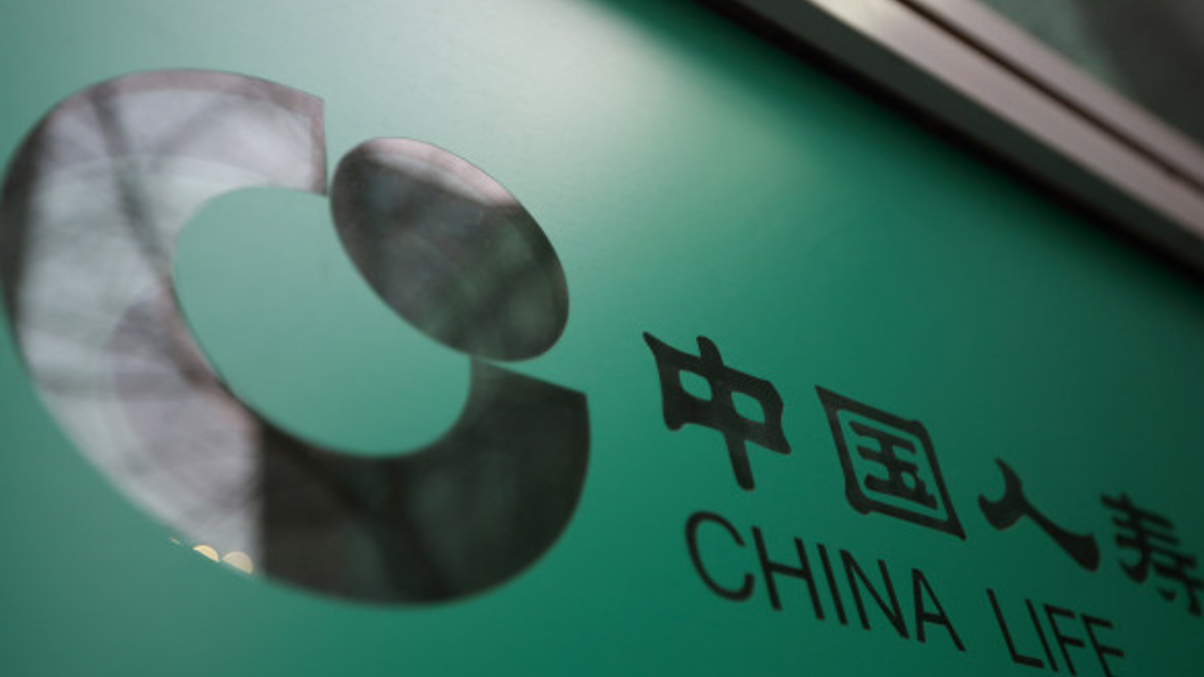China Life still on the lookout for quality real estate
What it wants are relatively safe assets with stable income flow, which is probably why it is growing its allocation cautiously.

The scale of China Life's real estate investments have barely budged so far this year but, make no mistake, the country's biggest insurer is hungry for more.
Sign in to read on!
Registered users get 2 free articles in 30 days.
Subscribers have full unlimited access to AsianInvestor
Not signed up? New users get 2 free articles per month, plus a 7-day unlimited free trial.
¬ Haymarket Media Limited. All rights reserved.


